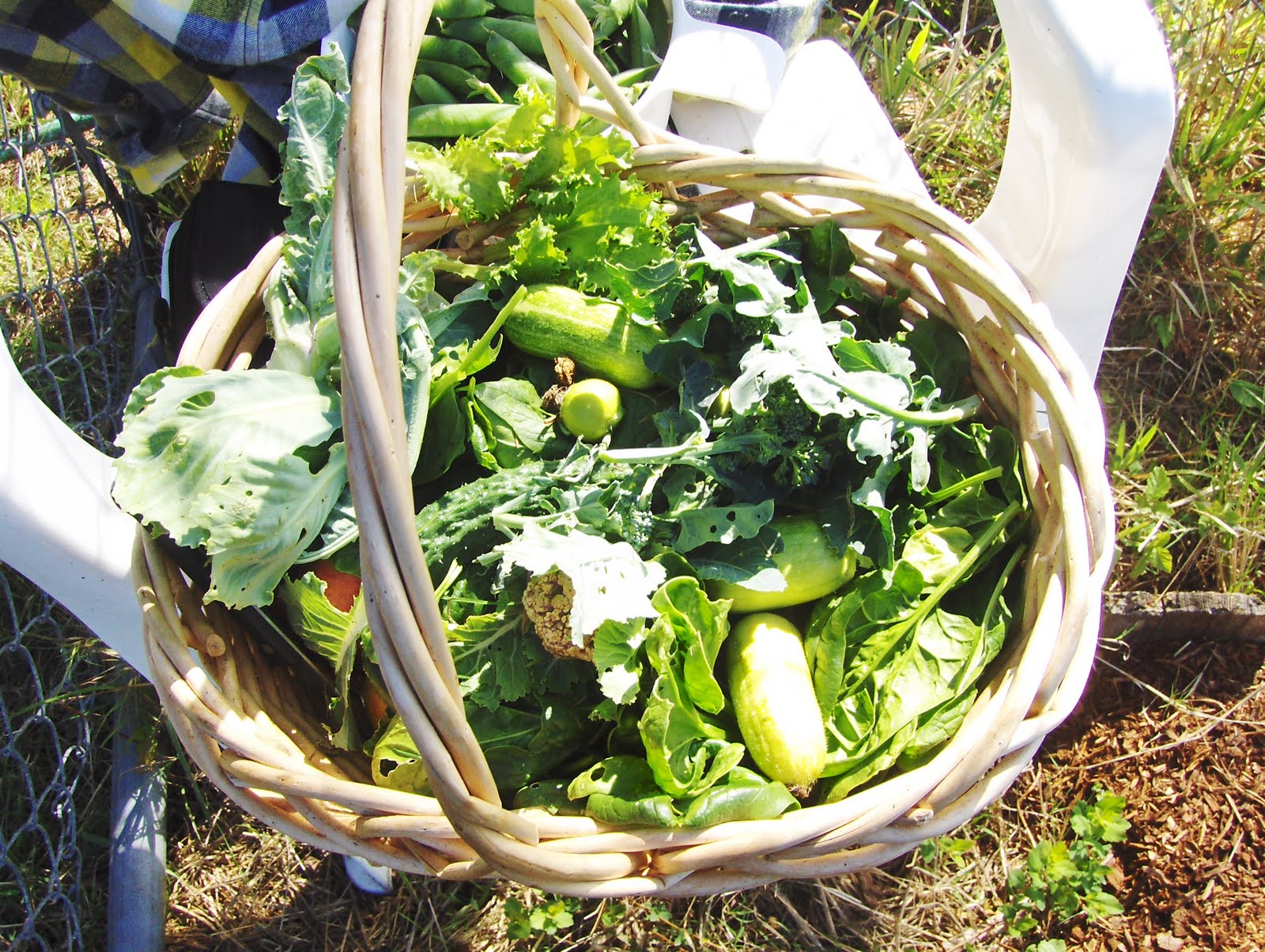Translate
Saturday, September 18, 2010
Food Rule Number Two: Know the Origin of your Food!
I have no qualms eating this trout! I know this lake, what flows into it, how it is being monitored. How often do we ask ourselves where does this fish come from?
This is albacore tuna season here in the Northwest. Boats leave ports for the day to catch the prized Albacore. Most catch , 80-90% is shipped to other countries to become sushi in some fancy place. Few tuna become food on our local tables.
These fish are caught one at a time, using what is called a pole-and -line, or troll-and-jig method. When a fish bites the jig, the fisherman hauls it by hand onto the boat, checks the size, and keeps only the right size. The by-catch is now back in the sea, where it can grow to full size. This way, no endangered species is caught accidentally.
The U.S. and Canadian albacore fisheries in the Northwest are mostly small, family operated. Last year, they received a boost from Seafood Watch, located at the Monterey Aquarium, receiving a status of "Best Catch" , meaning the seafood caught this way is sustainable and well managed.
If you like to read more about this, and to get great recipes of Albacore Tuna, visit Northwest Palate Magazine, July/August 2010 issue, or go online: nwpalate.com
Subscribe to:
Post Comments (Atom)


Given all the contamination in mass produced and distributed food these days, this is especially poignant. I spent the morning at the Farmer's Market, so fresh!
ReplyDeleteI LOVE tuna in any shape or form! Raw, broiled, baked, grilled, in salads, as a main course. YUM. Thanks for sharing all of this wonderful information.
ReplyDeleteIt is great to know that they fish albacore in such a sustainable manner. The horror stories of dolphins being killed in fishing nets meant for tuna has made me very hesitant to eat albacore. Looks a great day at the lake!
ReplyDeleteI added myself to follow your blog. You are more than welcome to visit mine and become a follower if you want to.
ReplyDeleteGod Bless You ~Ron
Susan,
ReplyDeleteMost tuna is skipjack,which is caught on large factory ships that operate in tropical oceans and is sold under the label of Starkist, Bumblebee, and Chicken of the Sea. Their fishing lines are miles long, and they catch many other by-catch. These are big catch, 40-60 lbs, old and full of mercury, enough to warrant the Food and Drug Administration to advise pregnant women to limit their intake of canned tuna.
The advisories do not differentiate between small operating vessels that go out for the day and catch smaller fish, and factory vessels that fish and process thousands of pounds each time they fish.
Nice to know where your food comes from. :)
ReplyDeleteIn the past 8 or 10 years I have become so much more aware of where food comes from, and the how it was caught or raised. The Monterrey Seafood Watch is quite helpful and up-to-date on its recommendations; everybody should have a look at it!
ReplyDeleteI totally agree that it is important to know the source of our food! All of the seafood that I eat comes from either the Atchafalaya Basin or Vermilion Bay, neither of which were affected by the oil spill.
ReplyDeleteMarguerite, you made my point!
ReplyDelete